

CarExpert.com.au
Model range deep-dive: Mahindra's SUV family
4 Days Ago

Contributor
Hybrids today make up a critical part of Toyota’s sales strategy.
The latest petrol-electric Corolla, RAV4, Camry and Kluger command a small additional cost compared to their internal combustion-only counterparts, and offset this with substantial advantages in fuel economy, refinement and even initial response.
Almost one-third of Toyota’s sales in Australia were hybrids in 2021, and if models such as the HiLux ute and other commercial vehicles (such as the HiAce van) are excluded, this figure rises to almost 45 per cent of the marque’s sales.
This was not always the case.
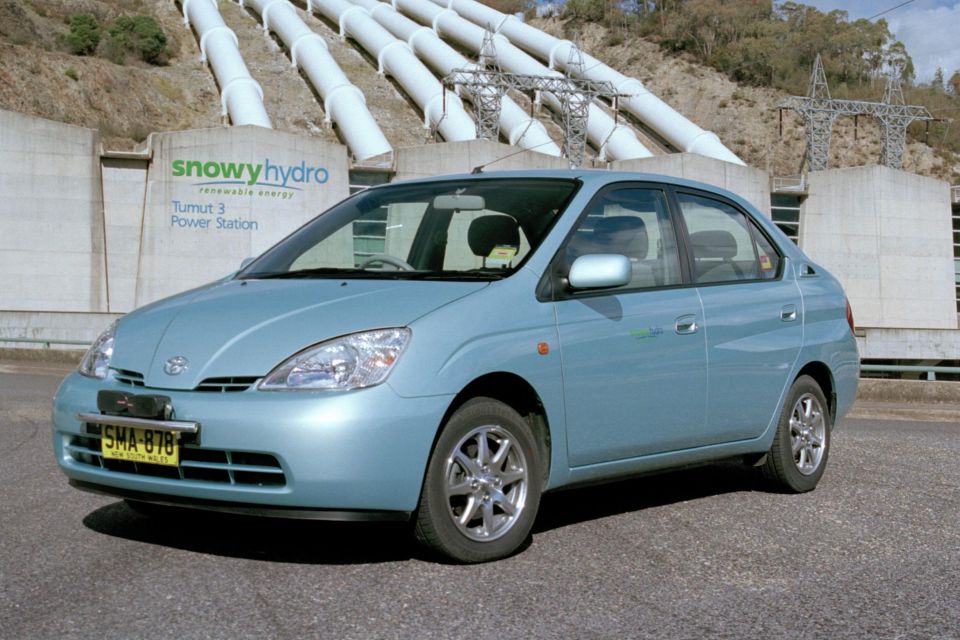
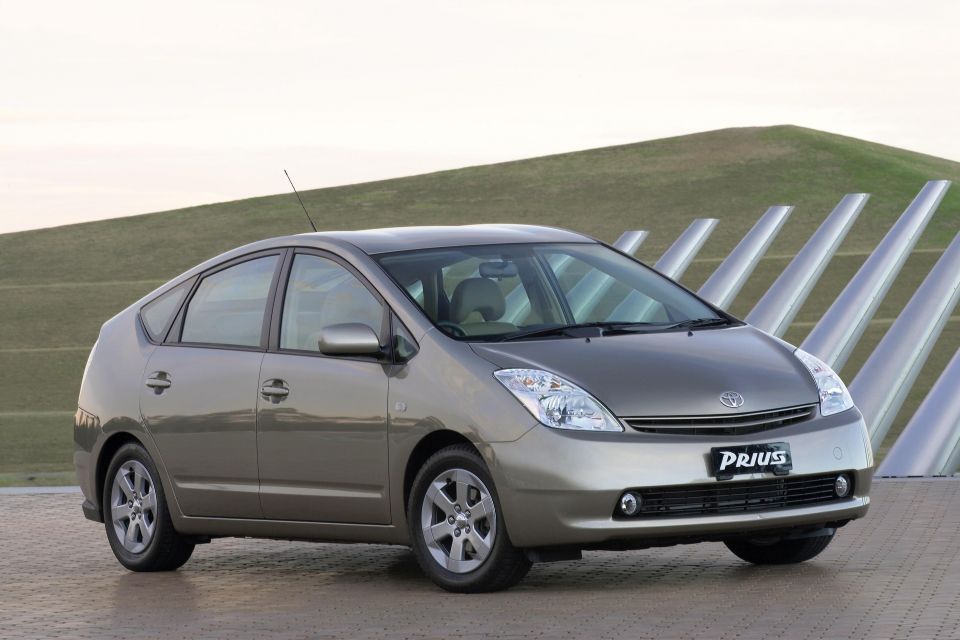
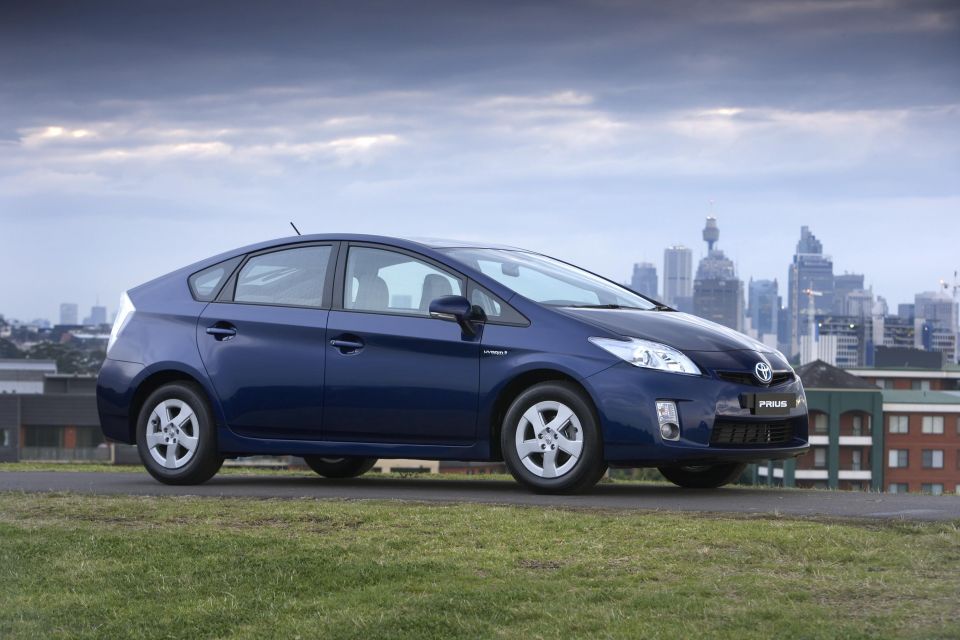
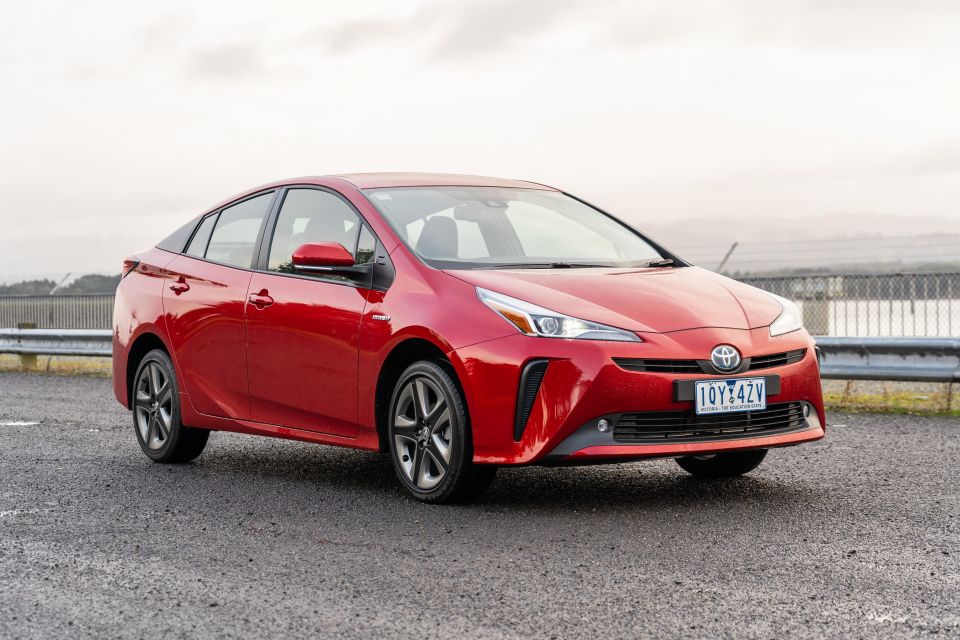
Toyota’s hybrids have pretty much always been defined by one car above all others: the Prius, a vehicle that in its early incarnations suffered from image problems, seen by some as a car only for the environmentally conscious, or for Hollywood-types that wanted to project that image.
Whilst Prius has long been the flag bearer and halo for Toyota’s hybrid efforts, towards its local end it served merely as a niche product, outsold multiple times over by the other models in Toyota’s electrified passenger car lineup.
Perhaps unsurprisingly then, Toyota recently announced the Prius would be discontinued in Australia. So with that in mind, let’s take a look back at how this teardrop-shaped hybrid icon evolved over the years.
MORE: Toyota Prius axed from Australia
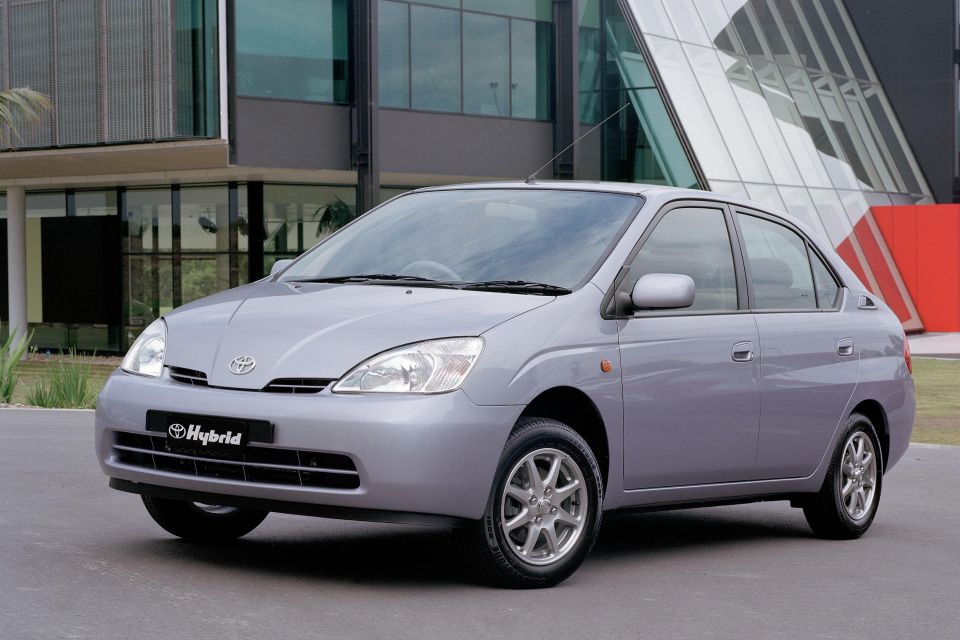
The story of the original Prius goes way back to 1993, when chairman Shoichiro Toyoda directed company engineers to begin thinking of a new vision of a global car, for the 21st century and beyond.
Under the ‘G21’ project code, Toyota product planners began to set clear objectives for this vision. Goals for the project included a car that was affordable and able to be mass-produced, but compact on the outside and roomy inside, and in light of a growing awareness of climate change, able to achieve a fuel economy of 5 litres per 100km in everyday driving scenarios.
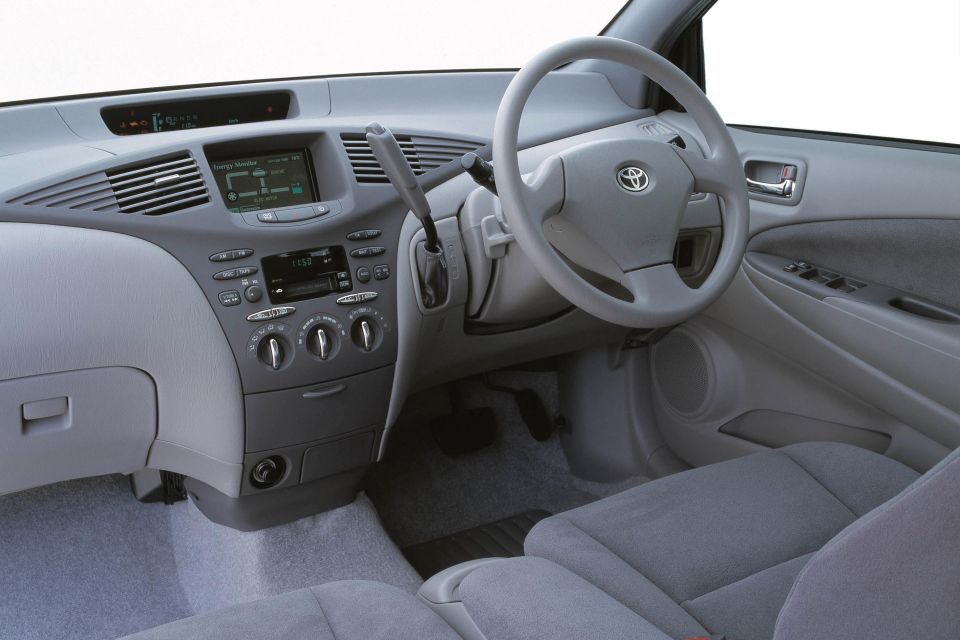
The option of a showy statement car that would look good on a motor show stand – but be sold in limited quantities otherwise – was quickly ruled out, under the reasoning that any fuel-efficient model would have to generate substantial sales to benefit society as a whole.
The decision to adopt a hybrid system to achieve this fuel efficiency target was made towards the end of 1994. However, the team stumbled with numerous development failures and issues, despite a targeted 1997 launch to coincide with the UN COP3 climate change convention to be held in Kyoto in December 1997.
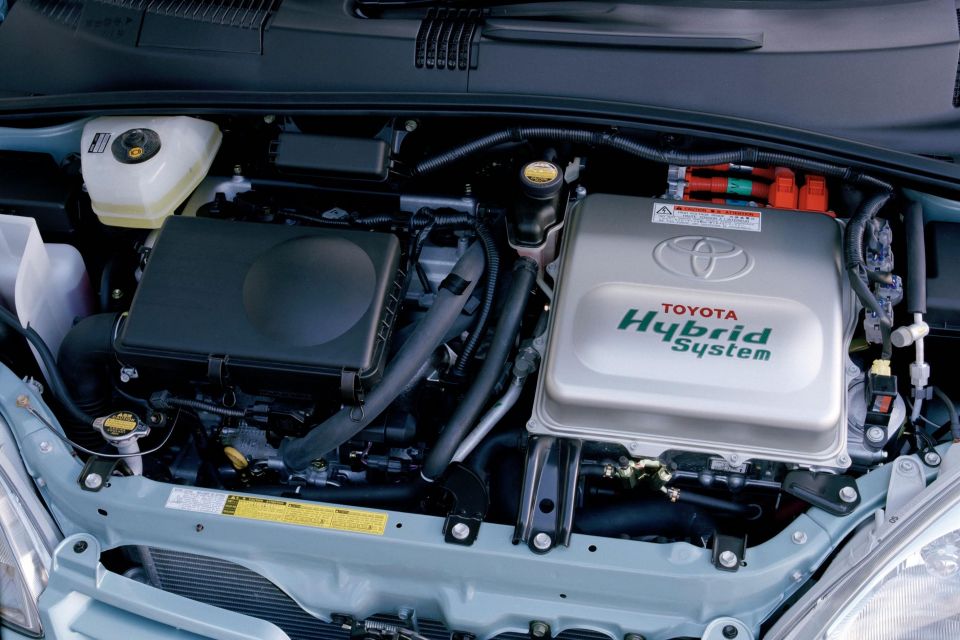

Now termed the Toyota Hybrid System, the initial prototype simply ceased to operate after driving just 500 metres, and the NiMH (nickel-metal hydride) batteries intended to be used on the production car were twice the expected size, whilst operating at 50 per cent of the expected performance.
Other development challenges included various overheating issues, and negating any memory effects from the battery as the hybrid system would charge and discharge these frequently.
Nevertheless, these problems were gradually resolved, and the production version was launched in Japan in October 1997 with a claimed fuel economy of just 3.6L/100km on the more optimistic Japanese 10-15 test cycle.
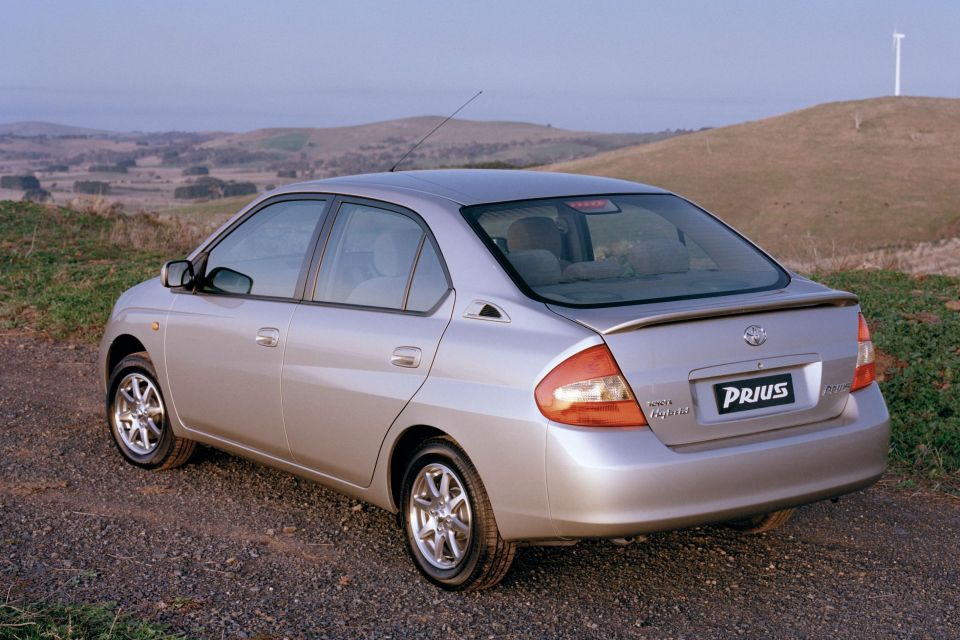
In Australia it was rated at 4.2L/100km on the highway cycle and 4.6L/100km on the urban cycle.
Australian consumers received an improved, slightly larger and more powerful export model in 2001, with an initial launch price of $39,990 before on-road costs (equivalent to $64,000 today). Satellite navigation was a $3800 option.
Toyota sold just 137 units in its launch year.
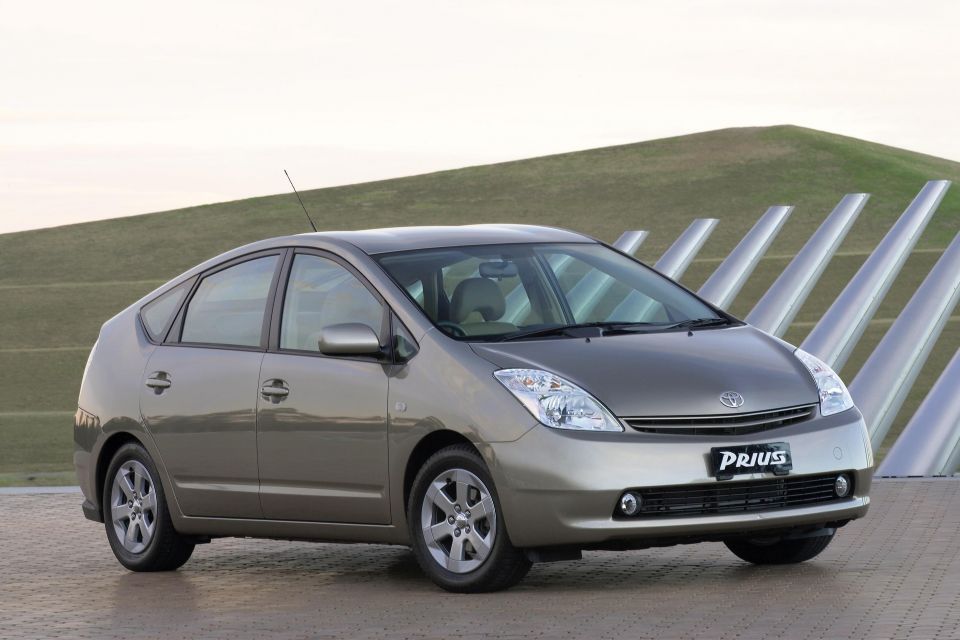
The second-generation is where sales of the Prius really took off locally, and these improved numbers were commensurate with a raft of upgrades for the model.
Brand new from the ground up, the second Prius changed its body style from the conventional three-box sedan of its predecessor, to a more aerodynamic liftback complete with a ‘Kammback’ tail, facilitating a coefficient-of-drag of just 0.26.
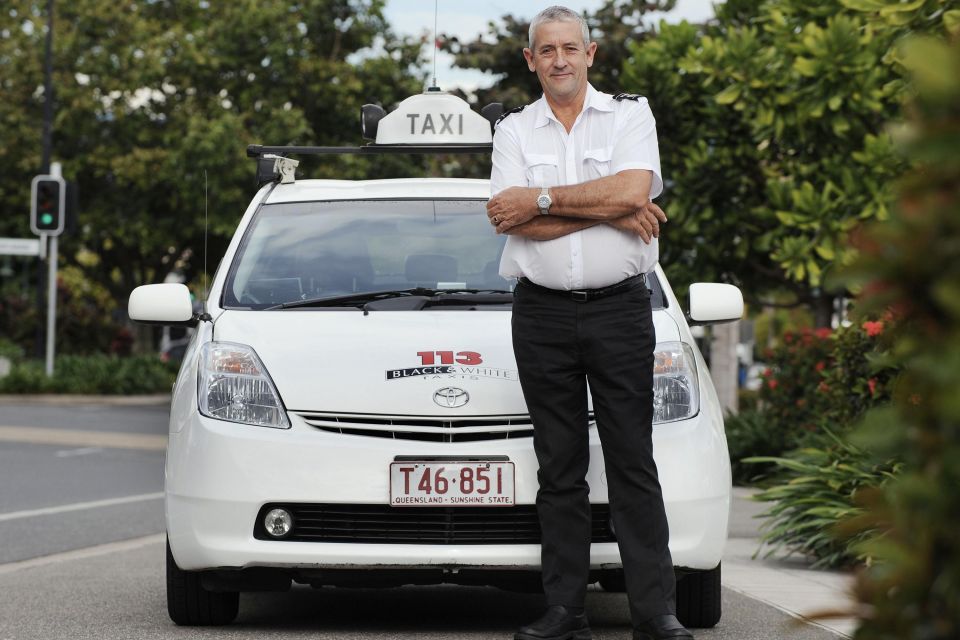
Larger and more powerful, yet similarly efficient at 4.4L/100km, the second generation Prius was based around the evolved THSII (Toyota Hybrid System II, also now known as HSD or Hybrid Synergy Drive).
It featured numerous innovations including electric power steering, an electric air-conditioning compressor that would allow the A/C to run without the engine having to start when at a standstill, and significantly improved regenerative braking, to the extent that Toyota engineers claimed that the brake pads could last the life of the vehicle depending on the driving style.
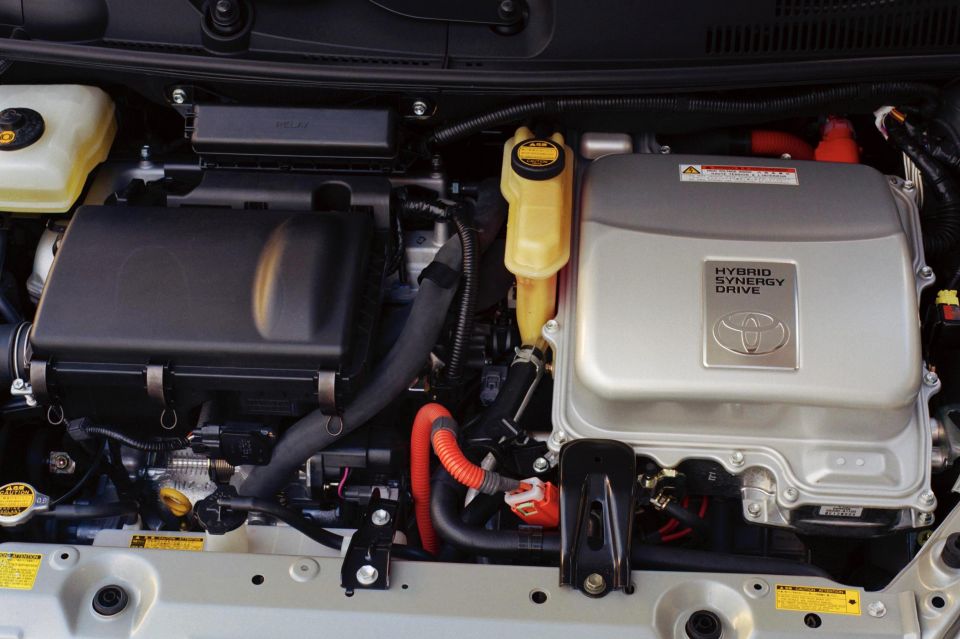
The second generation Prius also debuted a new ‘EV’ drive mode that enabled the car to drive for up to two kilometres using the electric motor only at low speeds, as long as the car was on a relatively flat road.
In Australia, the second-generation Prius was available from the start of 2003, priced at $36,990 for the entry-level model, and $45,090 for the flagship i-Tech model (all before on-road costs).
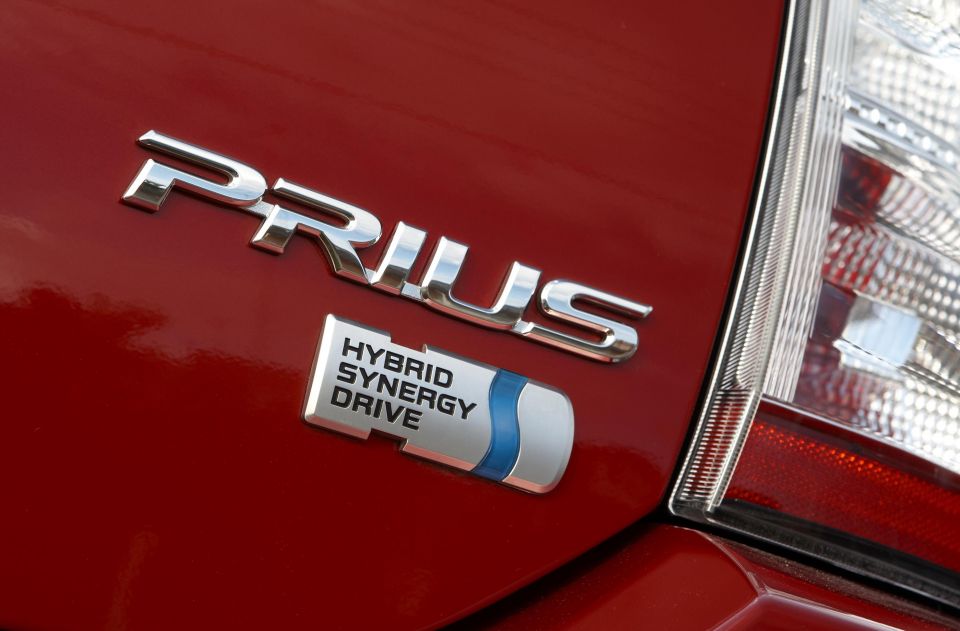
To compensate for the large difference in price, the i-Tech offered numerous additional features including stability control, side and curtain airbags, Bluetooth phone connectivity, smart entry and start, as well as a nine-speaker JBL audio system complete with a six-disc CD changer.
Sales of the second-generation Prius peaked in 2008 with 3413 units sold.
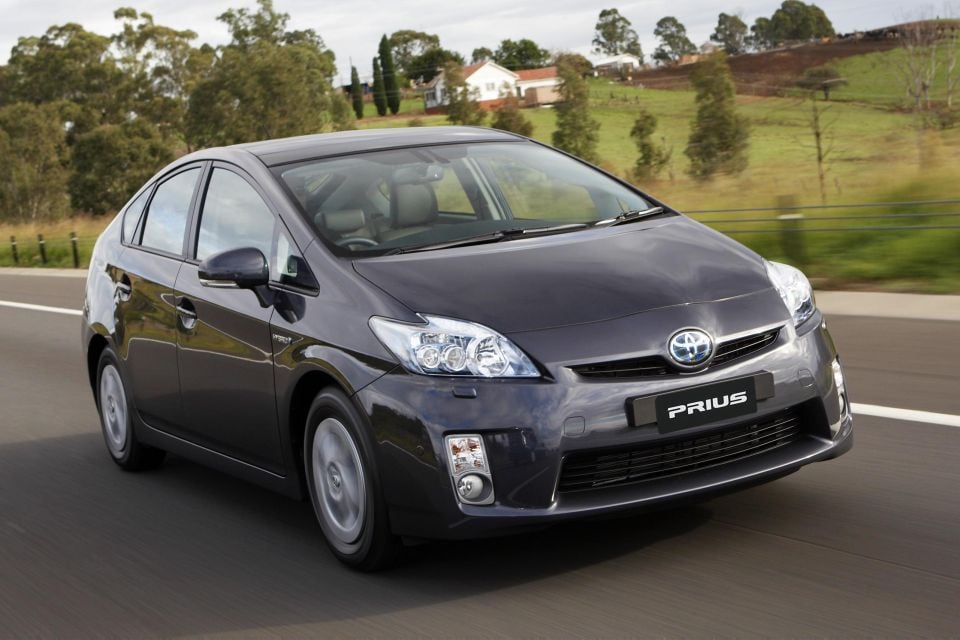
As opposed to the transformational change between the first and second generation Priuses, the third-generation represented an evolution of the template set by its predecessor, retaining the same overall profile with a liftback body and Kammback tail to maximise aerodynamic efficiency.
Like the second-gen Prius, this iteration continued to slot in between the Corolla and Camry from a size perspective.
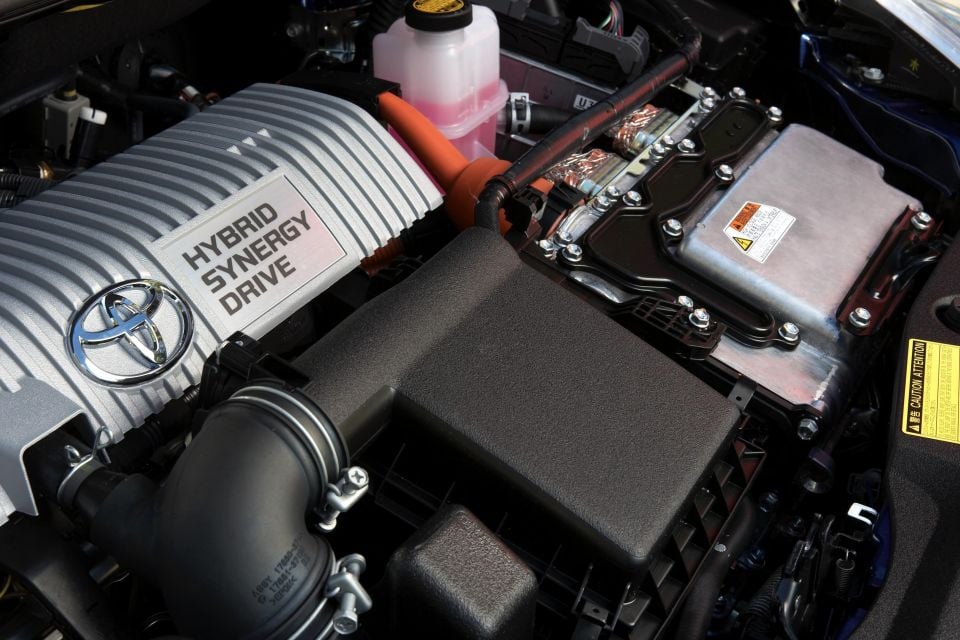
Notable improvements included a reduction in claimed fuel consumption to 3.9L/100km despite an increase in total power with the use of a larger 1.8-litre engine. At its launch, the Prius was the only car available in Australia with total CO2 emissions under 100g/km, achieving a value of 89g/km.
Vehicle aerodynamics were also improved slightly too, with the coefficient of drag dropping to only 0.25.
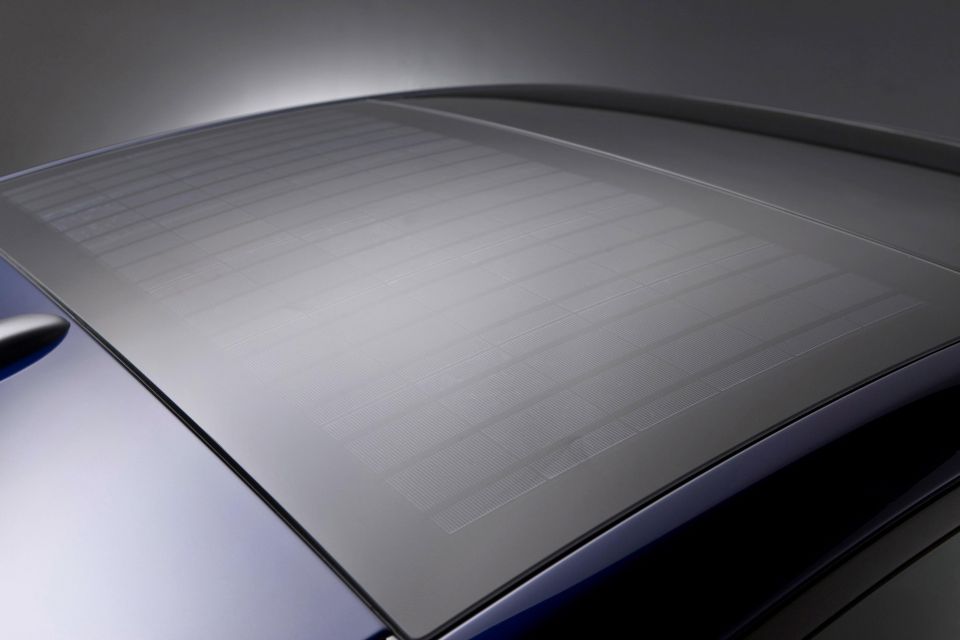
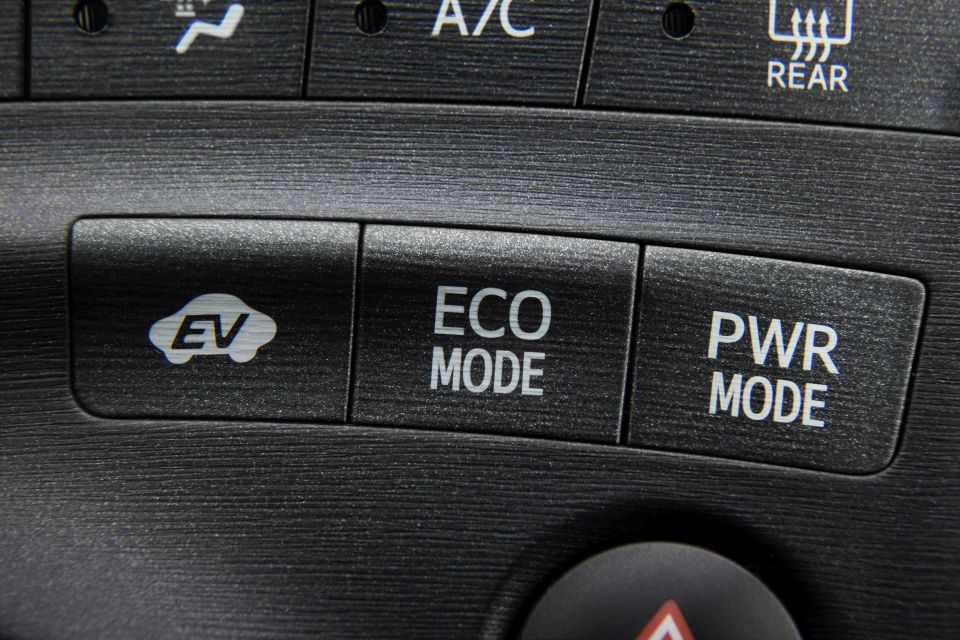

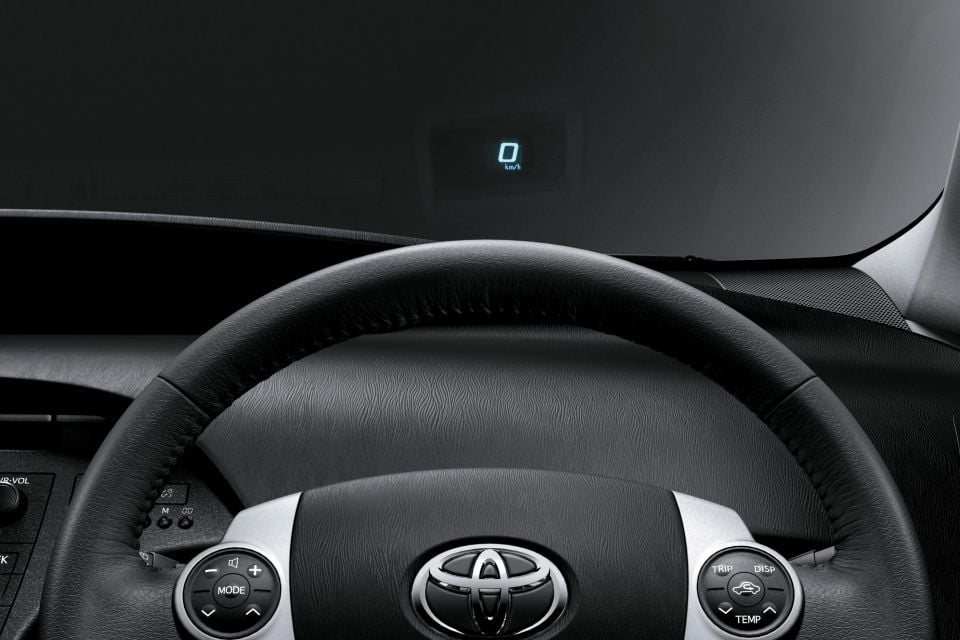
The overhauled interior also packed numerous technology upgrades over its predecessor. Perhaps the most impressive of these was the new head-up display (HUD) paired with steering-wheel based ‘Touch Tracer’ controls.
A primitive version of the system now found on the latest Lexus NX, the HUD would directly show what function the driver was altering on the steering wheel, arguably increasing safety by reducing the time spent looking away from the road.
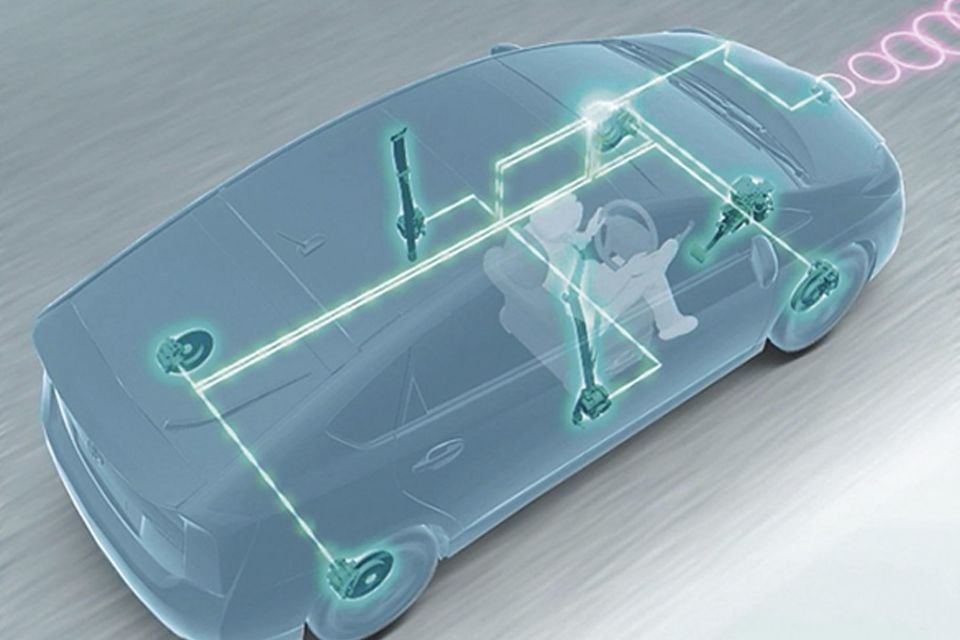
In Australia, the top-spec i-Tech variant bolstered convenience further by featuring solar panels attached to the sunroof that could generate up to 59W of electricity. In turn, this could run a fan to cool the interior whilst the car was parked.
Advances in battery technology and capacity also meant remote air-conditioning was available, to the extent that the hybrid system’s battery could power the A/C for up to three minutes (operated from the key fob) with the rest of the car turned off.
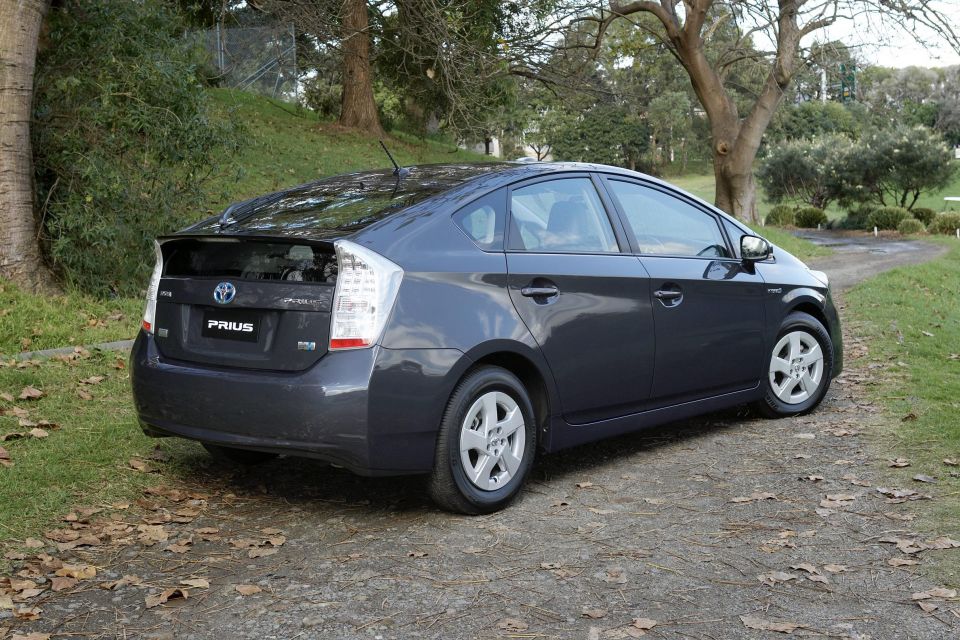
The i-Tech featured numerous other class-leading (for the time) active safety features, including a rudimentary form of autonomous emergency braking known as the Pre-Crash safety system, and adaptive cruise control (termed Dynamic Radar Cruise Control).
Australian pricing started from $39,900 for the base model, with the i-Tech retailing for a more substantial $53,500 before on-road costs, with sales for this generation peaking in their first year on sale with 3040 units.

Superseding the third-generation Prius at its Australian launch in February 2016, the fourth Prius presented another refinement of the liftback shape that had featured on the preceding two generations, with the drag coefficient being reduced to 0.24.
Although this model had a slightly lower power output than its predecessor at 90kW (was 100kW), it maintained a higher thermal efficiency of 40 per cent, allowing a reduction in combined fuel consumption to 3.4L/100km on the ADR 81/02 test cycle.
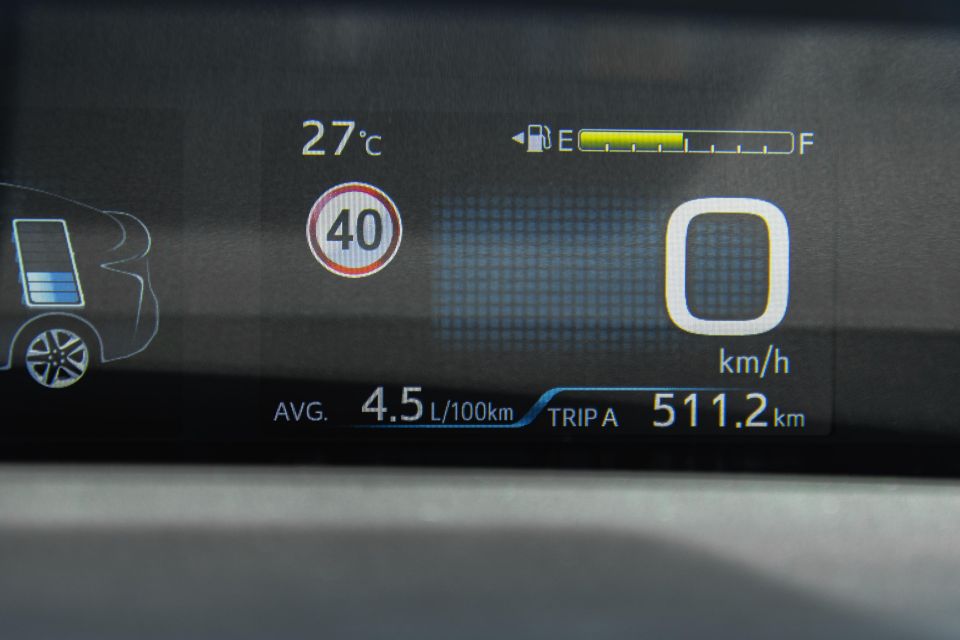
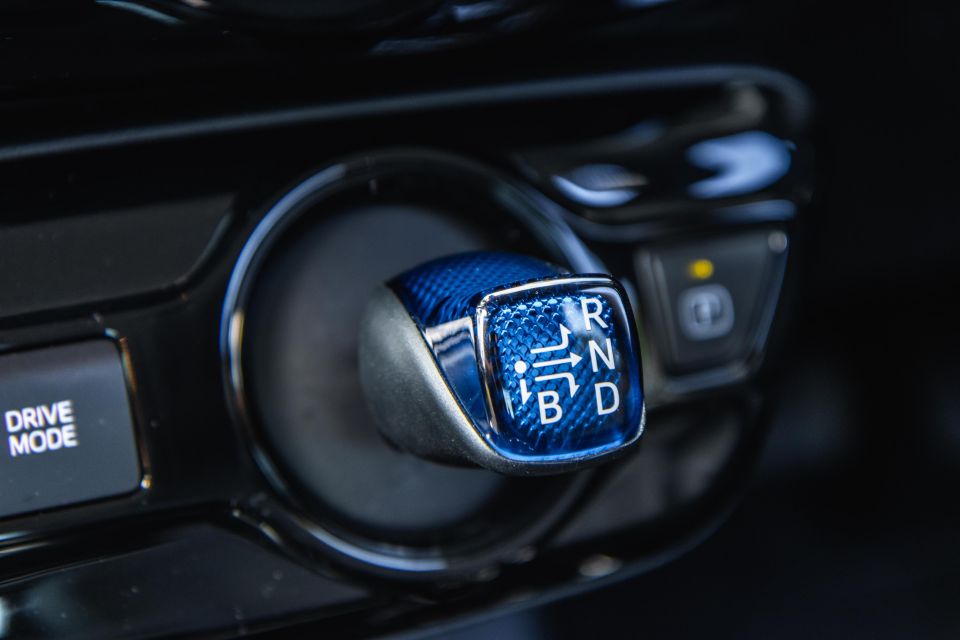
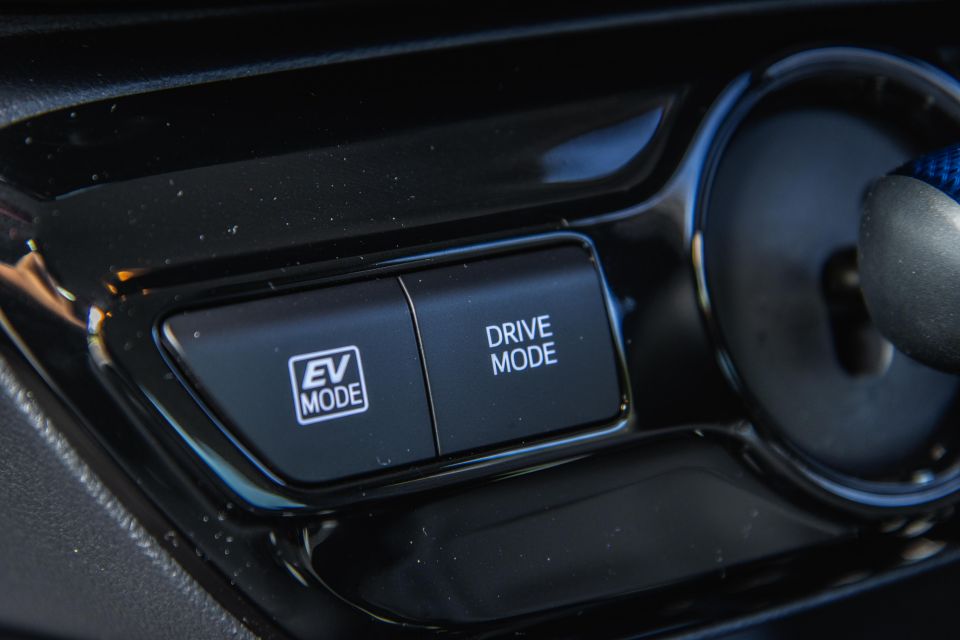
Key improvements were also made to the driving experience, with this model of Prius being the first to be based on the now-ubiquitous TNGA modular Group platform, and thereby offering an improvement in torsional rigidity of 60 per cent compared to its predecessor.
The fourth-generation Prius also introduced independent rear suspension to the lineup for the first time, with double wishbones replacing the torsion beam of its predecessor.
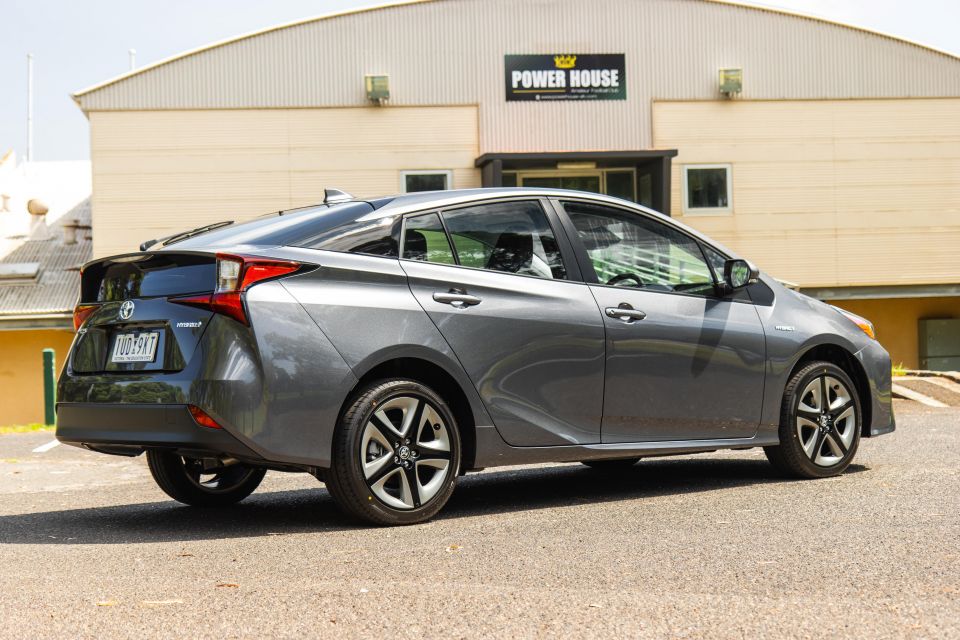
Efficiency was improved further by making components of the Hybrid Synergy Drive more compact, including redesigning the hybrid motor and power control unit to be smaller.
Active safety technology was also improved, with both the base and i-Tech variants featuring a camera and radar based AEB setup, known as the Pre-Collision Safety System (PCSS), as well as adaptive cruise control that worked at all speeds, lane departure warning and automatic high beam.
The i-Tech built on this with the addition of blind spot monitoring and rear cross-traffic alert.
In Australia, prices started at $35,690 for the base model and $43,850 for the i-Tech, a smaller disparity compared to previous generations. Sales were unfortunately down significantly compared to previous iterations, topping out at 415 units sold in 2016.
It was during this generation that Toyota’s hybrid range really diversified beyond the Prius, and Camry hybrid.

In addition to the main Prius models described above, there are two derivative models that share the Prius nameplate.
The smaller of these is the Prius C, which can best be described as packaging Prius technology in a compact Yaris sized hatchback, even adopting a slightly elongated version of the latter’s platform.
It shares the Hybrid Synergy Drive from the third-generation Prius, but capped it at a lower total system output of 74kW of power.

Despite the smaller size and reduced weight, combined fuel economy matched that of the third generation Prius at 3.9L/100km (city consumption was slightly lower at 3.7L/100km). The Prius C was initially launched in 2012, priced from $23,990 before on-road costs, and was discontinued in 2020 around when the Yaris hybrid arrived.
The larger of the Prius variants is known as the Prius V (with the V in this case standing for ‘versatile’), and similarly made use of the third-generation Prius’ powertrain and Hybrid Synergy Drive in a seven seat people mover format.
The larger size and worse drag coefficient (now 0.29) meant a reduction in fuel economy compared to its liftback sibling to 4.4L/100km. Launched in 2012 with prices starting from $35,990 before on-road costs, sales were discontinued in 2021.
MORE: Toyota hybrids break sales record, despite shortages MORE: Toyota RAV4 v Toyota RAV4 Hybrid, which should you buy?
Where expert car reviews meet expert car buying – CarExpert gives you trusted advice, personalised service and real savings on your next new car.


CarExpert.com.au
4 Days Ago
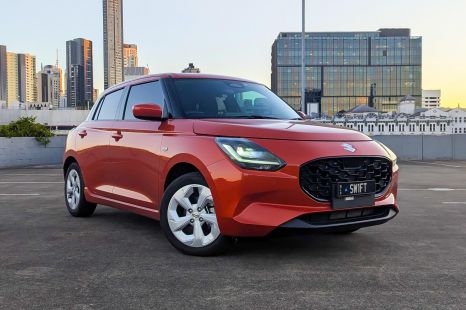

William Stopford
3 Days Ago


Max Davies
2 Days Ago


Josh Nevett
1 Day Ago
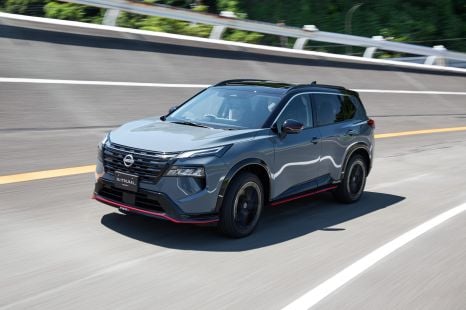

William Stopford
22 Hours Ago


Andrew Maclean
21 Hours Ago